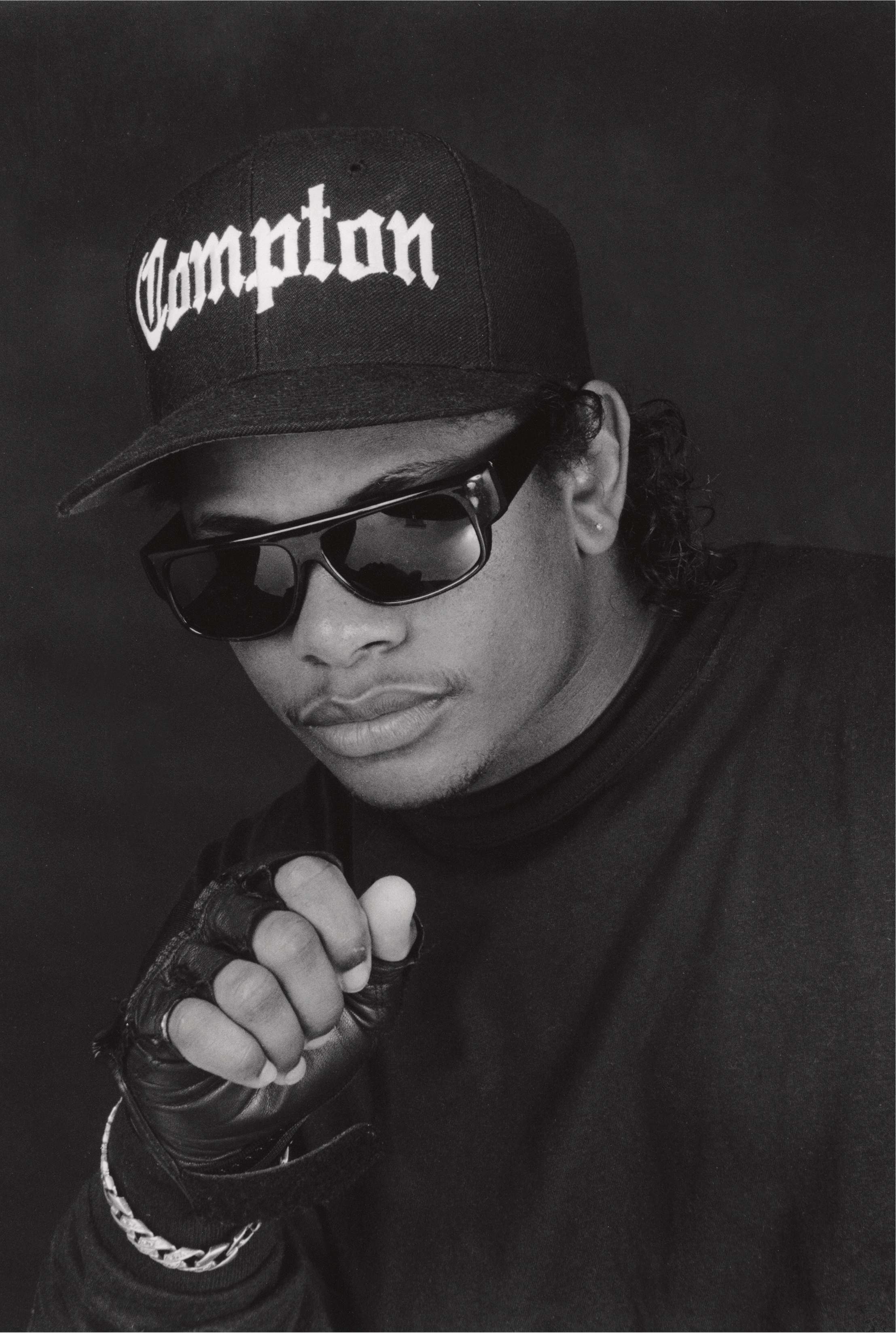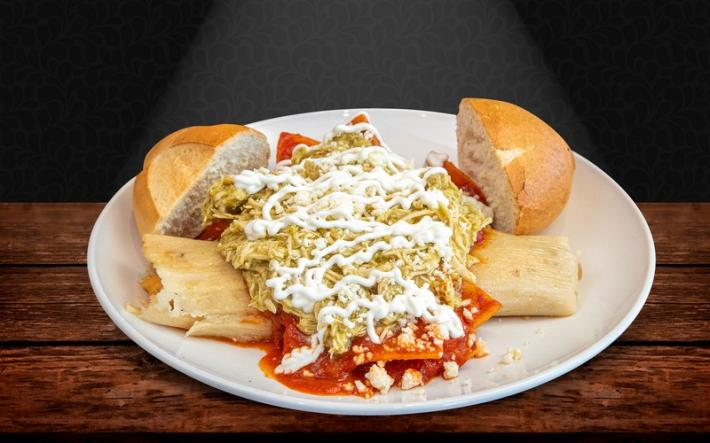[dropcap size=big]I[/dropcap]nside George Rodriguez's downtown photo studio, there's a backdrop emblazoned with the initials N.W.A. Step up close and you'll see Eazy-E's signature at the bottom of the letter N. On a nearby wall, below Martin Short's autograph, is Ice Cube's distinctive signature with a halo dotting the I and a tiny u tucked between capital C and B. For plenty of people, laying one's eyes upon this is a bit like finding a hidden L.A. music treasure.
For Rodriguez, they're mementos of work, of a photo assignment for the now-legendary hip-hop group, and in many ways no different to the accomplished L.A. photographer than the photos he took amid the protests and upheaval of the Chicano Movement in East Los Angeles.
"You're really close to what you do, so you don't think it's a big deal," Rodriguez said of his celebrity momentos. "But, then, when you work on a book, you really dwell on this stuff for a while, and it is a big deal."
Rodriguez has amassed decades of "big deal" photos. It's only now, though, that some of them have been collected in a book. Released on April 10, Double Vision: The Photography of George Rodriguez, offers an astonishing historical view of a city — and a photographer's career — that is defined by both Hollywood glamour and working-class struggle.
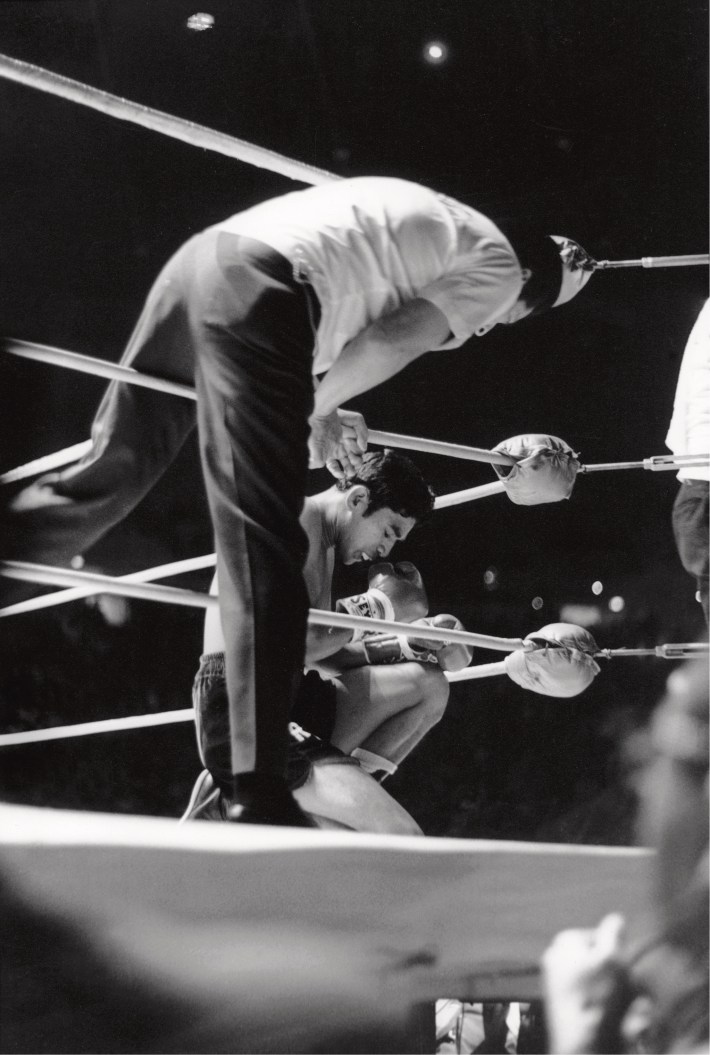
Double Vision is a career retrospective, but one that also sheds light on the dichotomies of Los Angeles — privilege and struggle, celebrity and anonymity. That story speaks to the L.A. of 2018, to the gentrifying metropolis that may appear to be one of the nation’s most progressive cities, but still wrestles daily with racism and classism.
The photographer flips through two stacks of images as we chat. There's Ricky Nelson looking like Elvis at Wrigley Field, the one that existed in Los Angeles until the late 1960s and was once home to the Angels. There is a shot of Jim Morrison and Van Morrison on stage at The Whisky. The Jackson 5, Natalie Wood, Sugar Ray Robinson and Booker T and the MGs are just some of the people who turn up in his collection. That was Rodriguez’s job; he worked with studios, record labels and magazines to capture images of some of the most celebrated people of their eras.
There are also the photos that Rodriguez took within L.A.'s vast Latino community, beginning with the Chicano Movement. There are images of activists, like Rosalio Munoz, known for his work with the Chicano Moratorium, and Sal Castro, who was instrumental in organizing the 1968 East L.A. Walkouts. But, it's not all photos of well-known figures or major events. Some of the most poignant shots are of people going about their lives in the city.
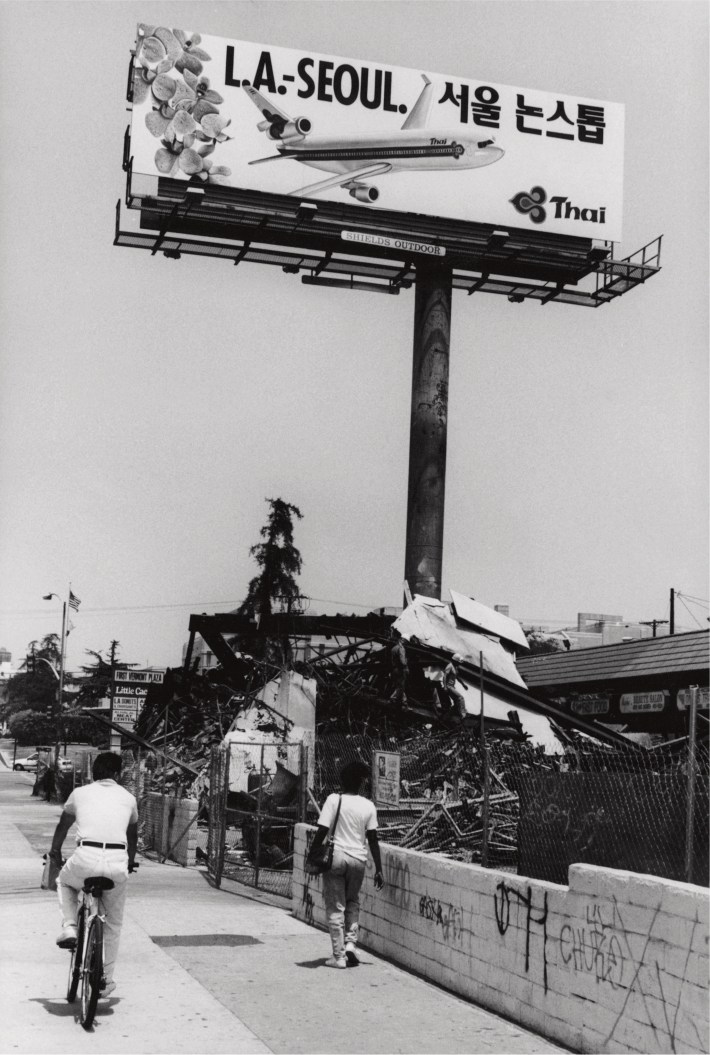
[dropcap size=big]B[/dropcap]orn and raised in Los Angeles, Rodriguez grew up in South Central, where he attended Fremont High School. The school had a vocational photography program and Rodriguez was a part of that. He also worked at a local photo lab after class. "By the time when I graduated, when I was 17, I knew a lot," he says. Rodriguez moved on to working at labs in Hollywood, where established photographers would pass their movie premiere press credentials his way. Rodriguez would head out to the premieres and shoot on speculation, sending the photos to publications to see if anyone was interested in running them. "Rarely did they buy anything, but when they did, it was a big deal," he says. He went on to work for studios and record labels, shooting everything from stills on film sets to album covers.
Meanwhile, Rodriguez's personal interests led him to covering the Chicano Movement. "I think that a big part of it is my dad," says Rodriguez. His father was born in Mexico and moved to Texas as a child. "The Chicano Movement was so interesting to me because these young people were risking so much-- going to jail or just being hurt," he explains.
Even at that time, Rodriguez thought that the events might result in a book. Ultimately, though, his book took a different form.

Josh Kun, a writer and curator who collaborated with Rodriguez on Double Vision, met the photographer while organizing and exhibition at The Grammy Museum for the inaugural Pacific Standard Time event. As the two got to know each other, the concept for the book began to take shape.
"He kind of led what I started to think about as this double-life, whose job was to cover the celebrity and entertainment scene of Hollywood, and whose political commitments and cultural commitments on his off-hours brought him to shoot what was happening in East Los Angeles, what was happening in the Central Valley and what was just happening on the streets of Los Angeles, and those were mostly images that he wasn't being paid to shoot," Kun explains by phone from Berlin.
Rodriguez's work in the Chicano Movement has a new significance today, not just in light of Trump's anti-immigration and anti-Latino policies and rhetoric, but also in the aftermath of the Parkland mass shooting and student-led demonstrations that have followed. "The Walkouts have become, all of a sudden, so important," says Rodriguez. "Fortunately, I thought they were way back when they were happening, so I have a lot of photography on the Walkouts in East L.A."
Rodriguez notes that his coverage of entertainment and that of the Chicano Movement and Latino communities rarely overlapped. "You are in two different worlds sometimes," he says.
In one respect, that points to the lack of representation of Latinos in entertainment industries. He recalls the times he would look through union newsletters: "I would call some of my peers and say, guess how many Latinos were taken into the union this month. I would say, none. That's what it was."
Even though he isn't as involved in entertainment today, he still notices the people who fill the frequent downtown film shoots. "The only Latinos you see are security or maybe helping with the catering," he says.
But, the juxtaposition of Hollywood privilege with the surrounding city speak to more than just the entertainment industry. Kun says that part of the project poses the question: "Does this change how we understand Los Angeles history?"
With one photographer's work, Double Vision presents a bigger picture of Los Angeles, particularly in the photos from the late 1960s and early 1970s. The mix of celebrity photos — the L.A. image that still seems to dominate the city's history — with documentations of civil rights struggles makes for a powerful collection.
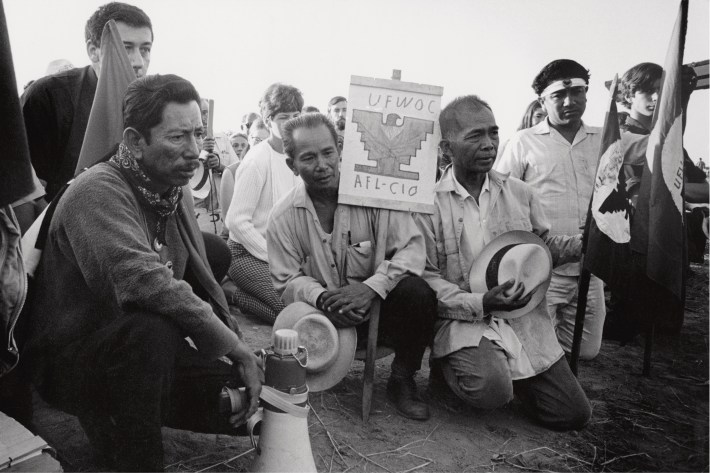
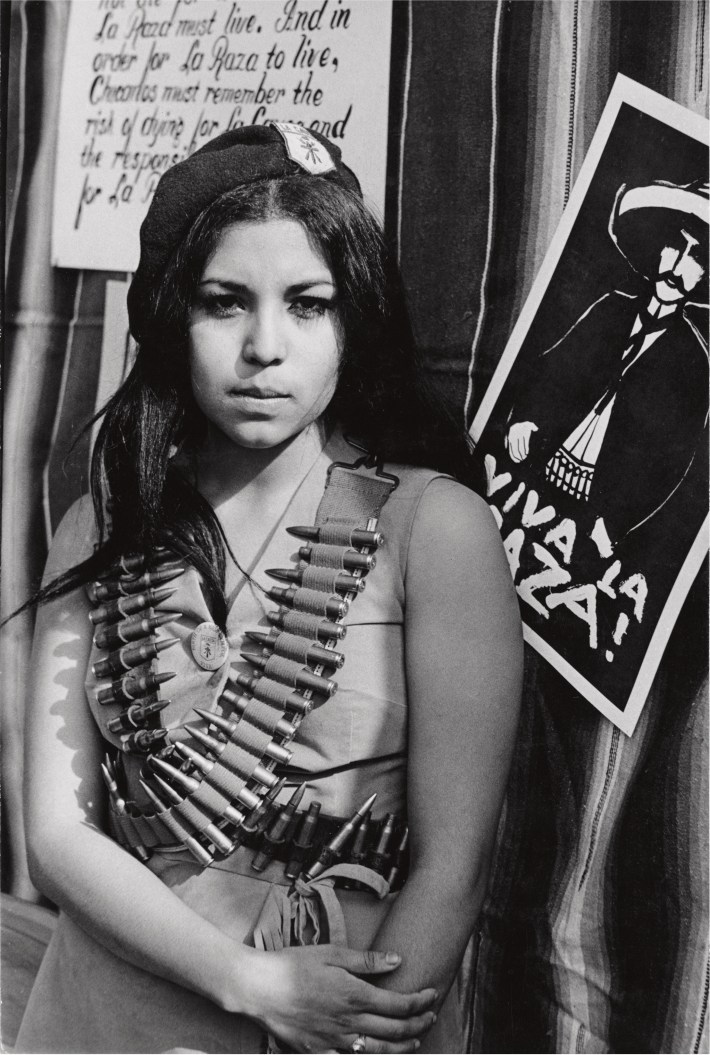
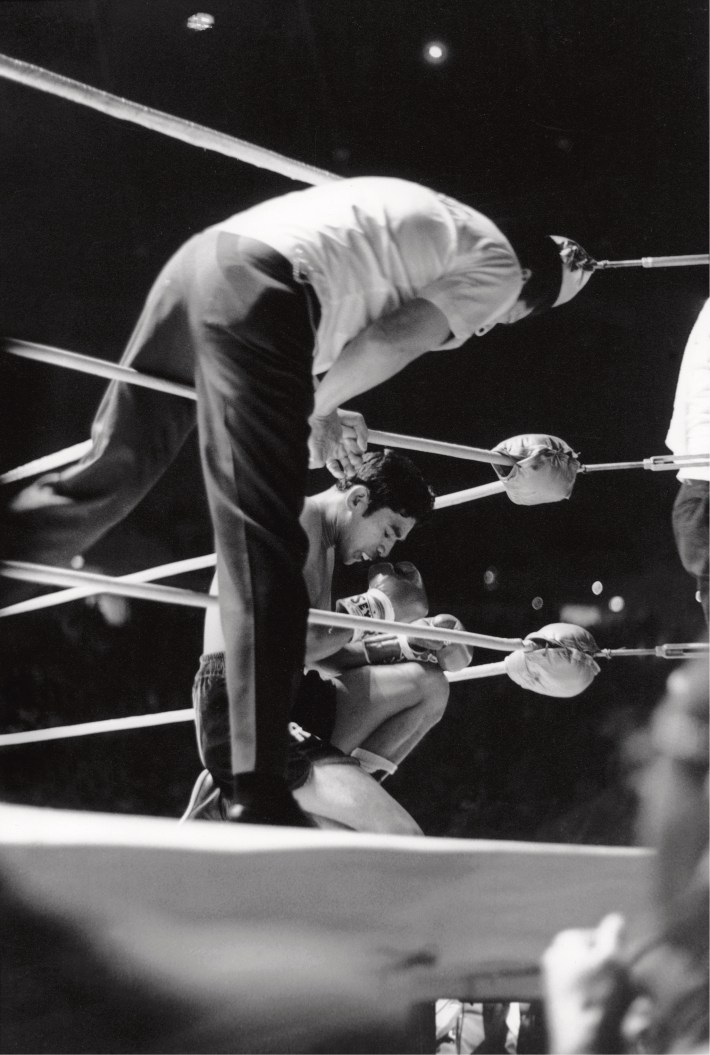
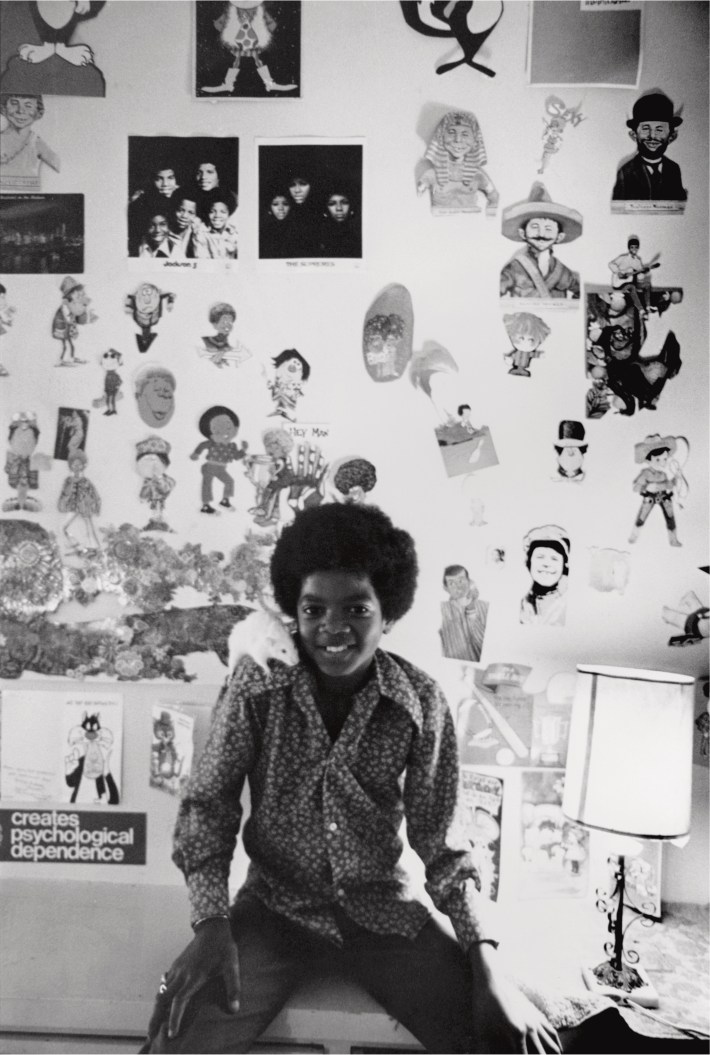
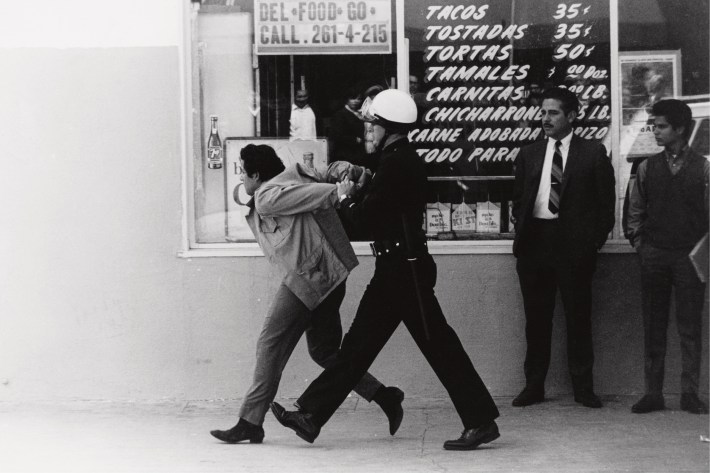
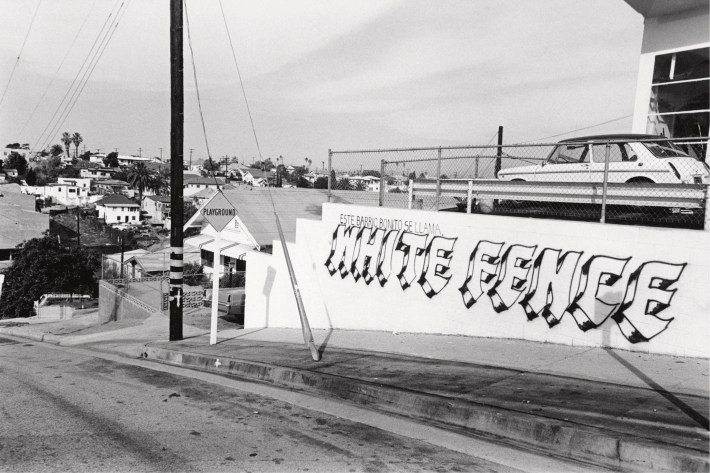
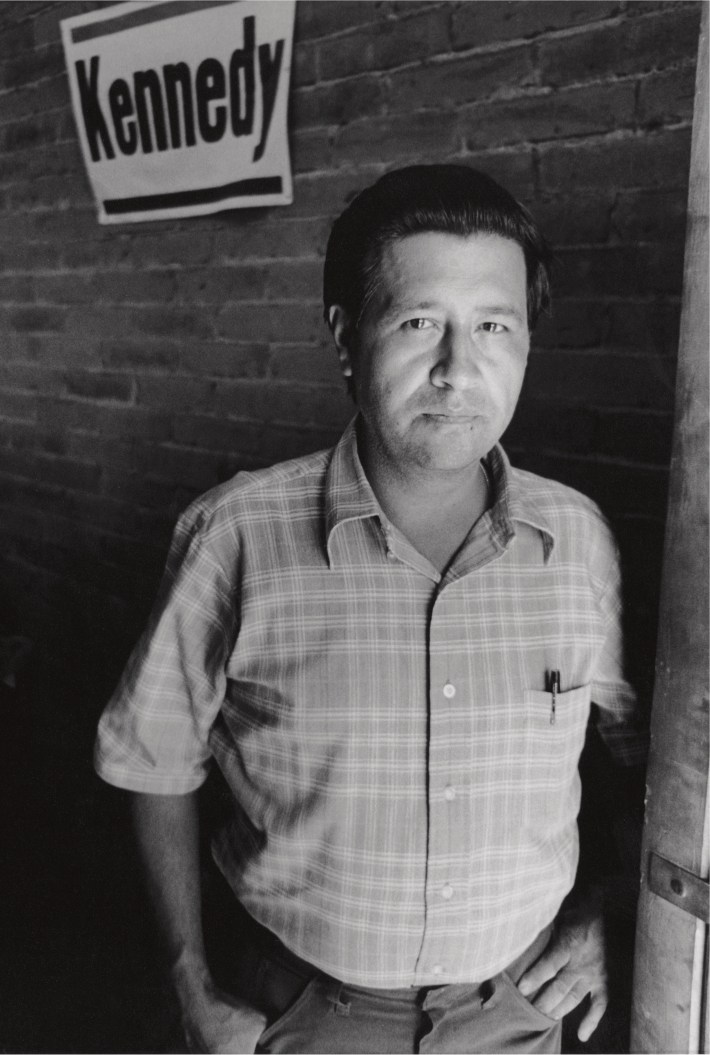
Double Vision is out on April 10. An exhibition of Rodriguez's photos will open at The Lodge on May 26.
RELATED: KCET Documentary Explores Birth of La Raza Newspaper
ALSO BY THE AUTHOR:
